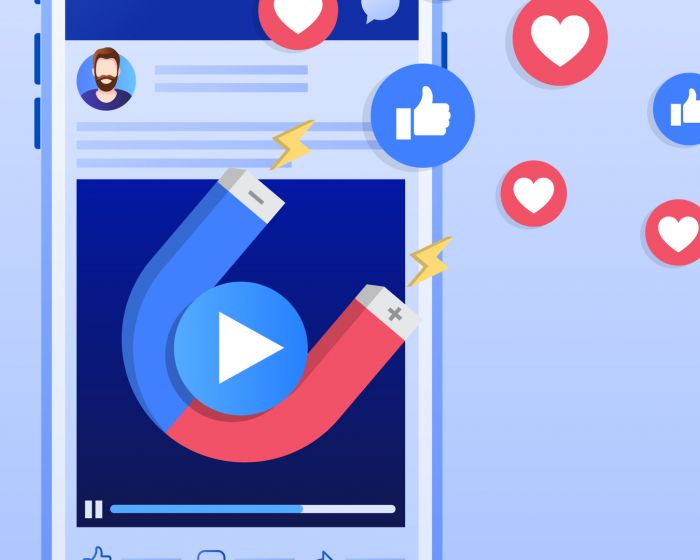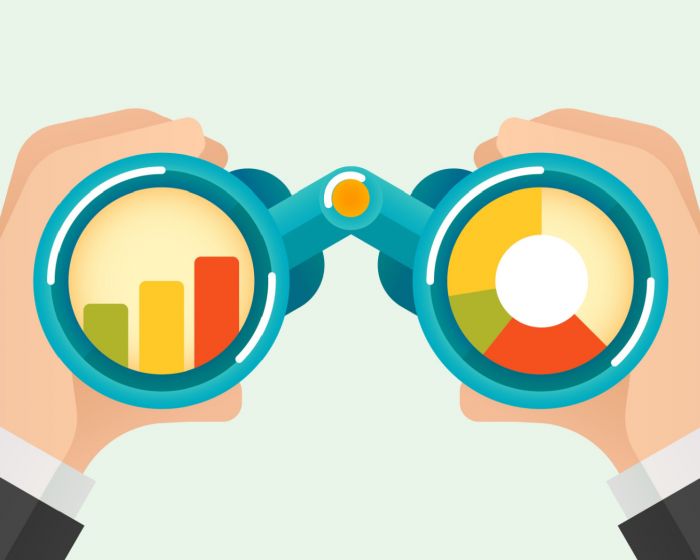Many companies set up their development and marketing teams without doing their research. This is a risky move, as it means you're not getting easy victories during the development process.
This is because web design isn’t simply about aesthetics. The quality of your web design impacts every aspect of your web presence.
It's the first site visitors will see when they wish to learn more about your brand. It's also the most important factor in boosting the visibility of your website on search engines.
Indeed, web design can hugely affect search engine optimization (SEO).
To maximize your return on the investment, make sure you use designs that are appealing to human beings and search engine crawlers, because users like to engage with websites where they can easily navigate through the website content.
How does web design affect SEO?
Although aesthetics and content are important, a website needs to consider the best SEO practices when designing a website. Your web design influences SEO in three different ways.
1. Human experience and SEO are inextricably linked
A well-designed website can improve your SEO ranking, whereas a poorly designed one will hurt your rankings.
It's crucial to remember that it's never all about ranking a website on search engines. The search engine bots attempt to replicate human-like user experiences.
What's harmful to human users is equally harmful to bots searching for information; the two have much in common.
If you've got a website that is not well designed and is hard to navigate, your visitors will leave, and you will struggle to get leads on your website. Eventually, the search engine will start de-rank your website.
Search engines use algorithms, and if they see any major problem in your website, its rankings will gradually diminish.
If your site has slow loading times, difficult-to-read text, or an outdated web design, you're creating barriers to people engaging with your website. Make sure you follow good web design practices to ensure that both humans and search engine crawlers can access your site with ease.
2. Quality images boost the speed of your website
Web design increases your credibility and helps you establish confidence with users. In reality, 38% of visitors are likely to leave a website if they are unsatisfied with the layout. If you can format your top-quality content pleasingly, you'll be able to keep your visitors engaged for longer, thus increasing conversions and SEO.
Good design helps users to overcome their initial distrust of brands and establish a relationship with your company more quickly. When you combine great content with beautiful and compelling images, users are enticed to read your content and get involved, signaling to the search engines that your website is trustworthy. This will allow search engines to rank your website, which will increase its conversion rate.
3. Allow crawlers to find your website
While web developers must always consider the needs of humans, they must also keep the needs of crawlers in mind.
If you make poor web design decisions, you may create a barrier for crawlers to crawl your site, which will harm your website's SEO.
With the help of web design methods, your developer will arrange URLs, content, and images so that crawlers can find them more quickly.
The bottom line
Web design can impact users' experience, but it also helps a website to grow and rank on search engines.
Bad web designs can lower the SEO ranking of your site. This immediately impacts your company's bottom line, therefore investing in SEO-friendly web design is crucial from the start.
Combine web design and marketing best practices to build an attractive website that is visually appealing and highly visible in the search results.
Contact EWM for a custom strategy for your business.








